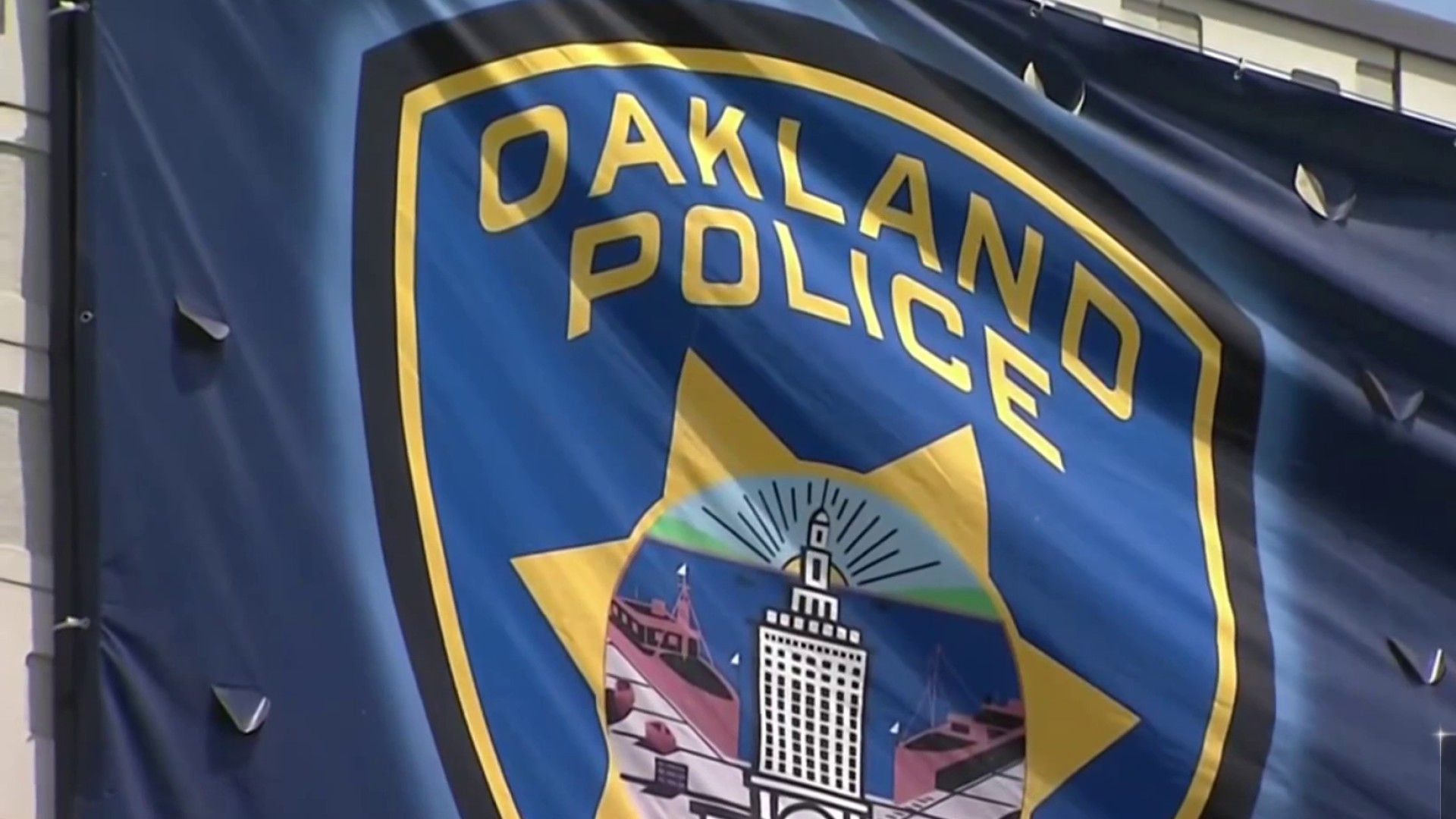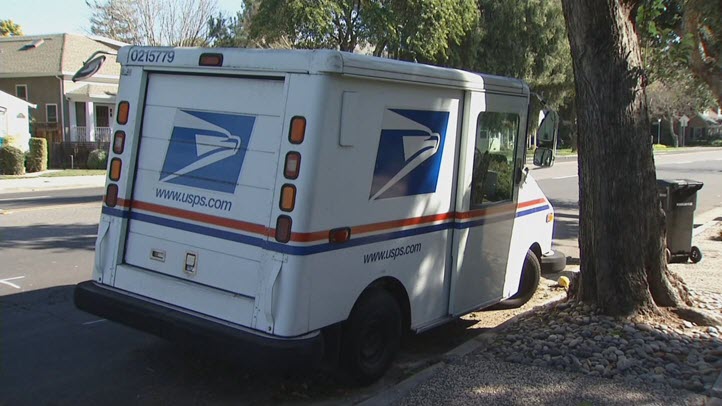You've seen billboards showing a triple-stacked hamburger, dripping with cheese, laced with bacon and nestled in a light, fluffy bun. And you've seen the commercials highlighting the delectable fudge swirls churned into a pint of rich, creamy ice cream.
But do these commercials really work? Do they actually make you crave food? Yes, they do.
According to new research out of the University of Southern California, images of high-calorie foods stimulate the "craving" part of the brain. And if a person is eating or drinking something sugary while looking at them, the hankering gets even more severe.
The research was presented last week at the annual meeting of The Endocrine Society in Houston.
"Studies have shown that advertisements featuring food make us think of eating, but our research looked at how the brain responds to food cues and how that increases hunger and desire for certain foods," said Kathleen Page, principal investigator and assistant professor of clinical medicine at USC's Keck School of Medicine. "This stimulation of the brain's reward areas may contribute to overeating and obesity and has important public health implications."
To figure out what was happening in the brains of people exposed to pictures of delectable food items, Page and her team recruited 13 obese Hispanic females between the ages of 15 and 25 and monitored their brains using fMRI imaging, which analyzes blood flow in the brain.
Page said they targeted this specific demographic because research indicates that obesity is prevalent among Hispanics and that women are more susceptible to food cues than men.
Local
The researchers then showed a variety of photos to the women, which included pictures of high-calorie food items such as french fries, cookies and ice cream, as well as pictures of non-food items.
“We saw a striking and robust level of activity” in the reward centers of the brain, such as the hypothalamus, Page said.
The subjects also recorded that they were hungrier and desired food more after seeing photos of food than after viewing photos of non-food items, such as cars or hangers.
Halfway through the viewing, the researchers gave each subject a 200-calorie sugared drink, either sweetened with glucose or fructose.
“These drinks had the same amount of sugar as a 16-ounce bottle of soda,” Page said.
The sweetened drinks seemed to make the subjects even more hungry and desirous of savory foods – such as french fries and potato chips – than they’d been before the drink. And surprisingly, the drinks sweetened with fructose – the sugar found in fruit – caused even more of a response than glucose-sweetened drinks.
Page said further research is needed to figure out more about the pathways that lead to craving and the connection between the consumption of sweets and the desire for more food. If these pathways can be figured out, there may be away to block or reverse them, helping people overcome food cravings and unhealthy appetites.
This story was produced by California Watch, a part of the nonprofit Center of Investigative Reporting.



